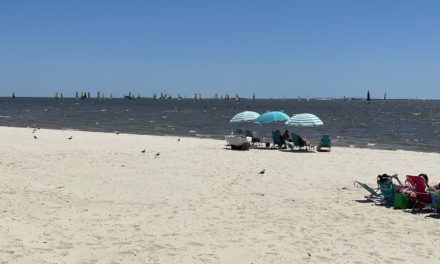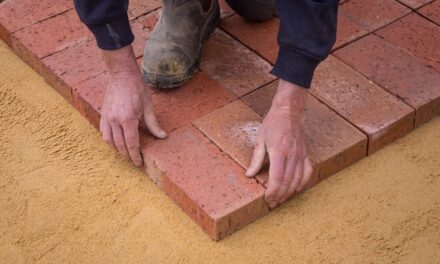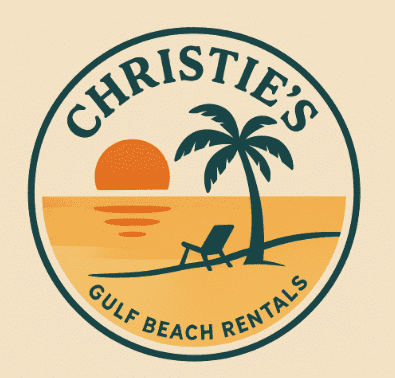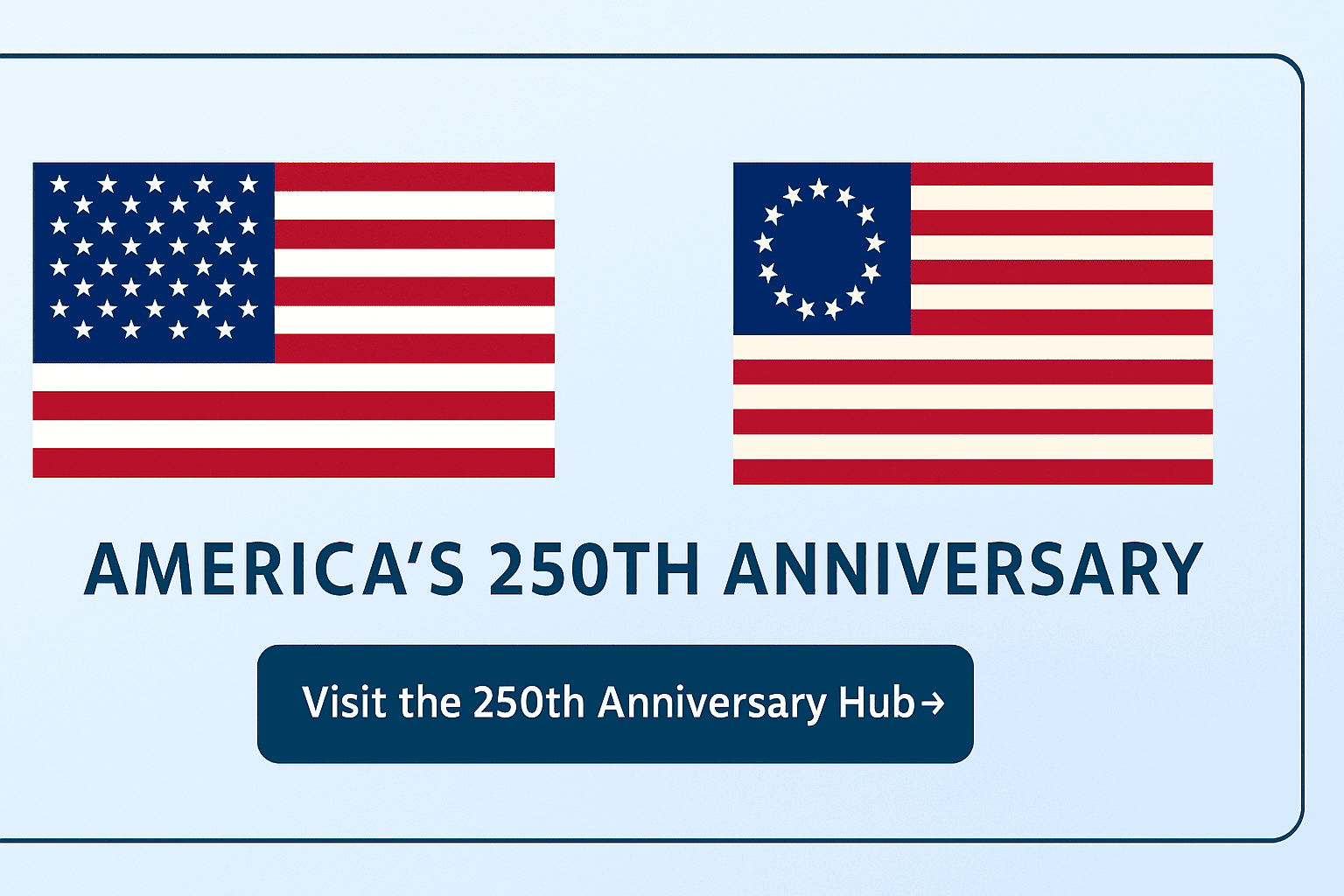Last updated on October 29th, 2022 at 11:18 pm
How do I get started investing? You need the basics to determine if buying your first investment property [2022] is viable for you. The stock market is down, lower interest rates are gone, and the housing market is in transition so what gives? It’s called opportunity time. Keep this in mind, people have to live somewhere, and rental real estate will always be in demand.
You will need to set up an investment strategy, some call it goal setting. Well before you take that first step as a property investment expert, you need to learn. This article will take you down the path as a first-time investor in residential rental real estate. When you become an expert in residential rental real estate, you can move on to commercial and industrial properties if you desire.
Successful real estate investors create a business plan. That plan includes your goals. For example, you want to buy a duplex property and move to one side. You make this decision because you do not have a large down payment and it’s a good way to get into real estate investing while providing a home for yourself. You know that FHA loans will require only a 3.5% down payment because you will live there. All good stuff to incorporate into your business plan.
Investing in Residential Rental Property
This blog article is a great way to understand some principals of investing in residential rental property. The best way to start is to enroll in one or more of the keyladder courses offered at the end of this blog article. Learn everything you need to know to become a successful residential rental property investor.
Your plan calls for a budget for two renters
Next, you will be able to make the monthly payment in part because of the rental derived from the other unit. You have decided to create an LLC and transfer your first rental property into it. Then your plan calls for a budget that includes two tenants paying rent. You and the person living in the other unit.
As part of the plan, you have decided to buy more properties as soon as you can and the way this can happen is if you hire a property manager for all of your properties. Learning from the rental manager is a good idea.
All of this is great stuff and must find its way into your business plan before you go further. Determine how much you can afford to invest as a down payment and to cover closing costs. Your credit score will along with your ratios determine the purchase price of your first property.
Get prepared by going to mortgage lenders to find one you can work with. Explain what you plan to do and have them run your credit. This is a great way to complete your business plan.
When you have that pre-approval in hand for the amount you can spend, it’s time to look at the type of property that you want to acquire. Take a look at the local market first. If you find that prices for the type of property you want to acquire are out of your budget, it’s time to look at other areas.
Keep in mind that you need not live down the street from your investment property unless you decide to find a duplex to live in. The world is your oyster so cast a wide net for pricing that works with your budget.
I started looking out of state for better deals
Years ago when I was trying to buy everything I could get my hands on, starting in California, the property was just too expensive relative to rent. It was difficult to get good returns and the start-up capital was too high. I started looking at other states. My search landed me in Las Vegas and the Phoenix area where properties were a bargain compared to California and rents seemed to sustain the purchase price. Las Vegas worked out well.
The Phoenix area turned out to be a problem. Rents were not high enough regardless of the promises that were made to me (at the time I left the research to a colleague who failed to nail down the real numbers). The result was that I bought a new house and which took years to pay for itself. Fortunately, the value went back up during the 12 years that I owned it and it was eventually sold at a profit.
I looked at Texas but the property taxes were 3% and while prices were low those high taxes were too much to absorb. So, I left the country on my search and found properties in Spain. Spain worked out well. Since I had already bought out of state and had good property agents, I had no fear of going to another country with real laws (unlike Mexico).
The Mississippi Gulf Coast had the best combination of rents and property prices
About four years ago, I found my spot for further investing. The Mississippi Gulf Coast. Prices relative to rents were very good. The market for residential rental property along the Mississippi Gulf Coast is good, far better than almost any other area that I am aware of.
The basic value proposition here is the lower prices for properties and the rent-to-cost ratio. Many markets today are suffering from higher prices which are pushing potential investors out of the market.
An important thing that I have found with the COVID thing we all went through. Some renters decided not to pay. From what I can see, this has happened more in the larger cities and metro areas. My renters paid their rent during the entire COVID lockdown and beyond.
Without a doubt, some landlords must have suffered economic damage as a result of governments’ interference with commerce. The environment along the Mississippi Gulf Coast was one of the tenant’s pay or get evicted. They paid by and large.
Forget spending time reading about how to buy without any money. These schemes rarely work and consume lots of time and energy. Properties are in high demand now and sellers have a good idea of the value of their properties.
The market value of your prospective property must be considered along with a higher interest rate than you were just quoted. Be conservative, and plan for issues such months before you find what you know will be profitable. Please consider the following items you can use to create your business plan:
To start, it’s best to bullet point the items that you will need to consider:
- You have decided to buy an SFH
- How will you hold title on your property?
- What is your current income goal e.g. 9% cash on cash return
- Who will manage your property?
- What is your budget for the purchase and closing costs?
- What is your budget for making minor repairs, painting, etc.?
- Select an area for the purchase
- Gather information about rents and property costs in the selected area
- Run numbers through the investment calculator
- Narrow down homes that meet your investment requirements
- Find a Realtor in the area with experience in rental property
- Ask your Realtor for a property manager if you need one
- Determine what the property manager charges if you need one
- Look at potential properties and make a decision
- Work with the Realtor to make an offer.
- Obtain from the owner’s copies of rental agreements and other information e.g. are late on rent.
- Put in an offer, close escrow get keys.
Looking for a duplex that would cashflow
Let’s discuss a real estate investment that I made and how the numbers worked through the evaluation process. Use this example as if it were your first time buying and this was your property.
My goal was to find a duplex that would return at least 9% cash-on-cash return. This was in 2019. The return for 2022 should be a bit higher to compensate for inflation. Looking at what was available, I ruled out most because of their condition and the funding required to bring them up to my standards. Also, I wanted a property that had rental units which were physically large enough to generate the cash flow that I required.
One of my goals was to find a property where I could get the rental income to more than $1,000 per month per property. This is one of those important things that deal with the quality of the renter. Most properties were being rented for less than $600 per month. What this means to me is that those rental properties were attracting people with issues. I do not like issues.
By moving up on the rental rates, you attract a better quality of renter. I understand that some love to be slum lords, not me. I wanted a good deal with reasonable maintenance costs. Good tenants were also desired. Without exception, I usually require a 12-month lease agreement. This is for the same reason that it’s preferable to have good tenants who pay more for their rental property.
I found a great property
After looking at about a dozen properties over about two months, I found a duplex with four bedrooms and two bathrooms on each side. The building was 11 years old. Two boxes were checked. Newer meant less work and maintenance costs and larger meant charging more for rent. Four bedrooms are in strong demand as there are few of them available for rent. This property had two tenants in place. This was the core of my due diligence.
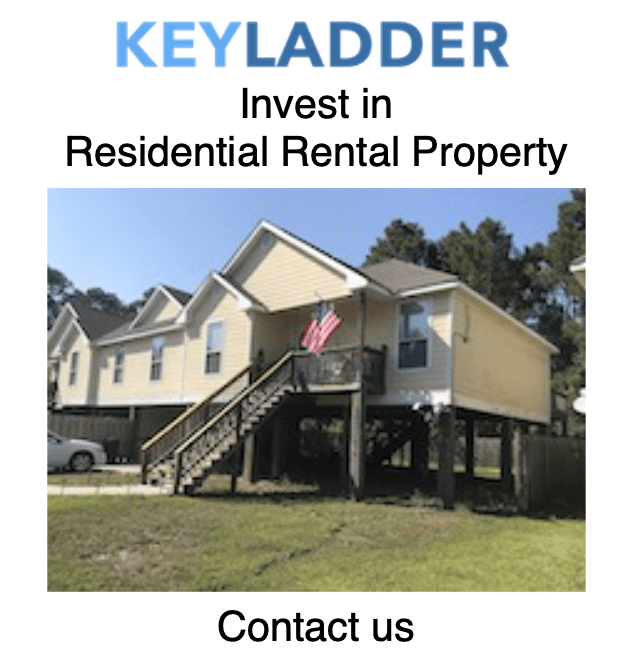
I gathered the following data after looking at the building in person:
- Current rent
- Lease contract renewal date
- Deposits
- History with tenants including if they wanted to stay
- Cost of utilities paid by the owner
- Any deferred maintenance items that required to be corrected
- Cost of Insurance
- Cost of flood insurance
- Property taxes
- Rent for each unit per month
- Vacancy rate
Next, I crunched the numbers using the following:
- Interest rate – 5.5%
- Term – 30-year fixed
- Type of loan – conventional
- 25% down payment
- The estimated buying price is $136,000
- Monthly income – $2,000+
The results of this project indicated the following forecast:
A. Price – $136,000
B. Down payment – $34,000
C. Closing costs – $6,988
D. Total investment – $41,671
E. Gross scheduled income: $1,995
F. Maintenance reserve $99.75
G. Monthly payment including taxes and insurance – $1005.75
H. utility monthly: $153
I. Cost of property management per month – $199.5
J. Landscaping – $75
K. Other53.33
L. Net operating income – $867.25
M. Mortgage payment P&I – $693.66
N. Gross income before taxes (after mortgage payment) – $335
O. Gross margin – 20.9%
P. Cash-on-Cash (annual) – 13.6%
I exceeded my original goal for COC
My original goal was for a Cash-on-Cash return of 9%, but the actual cash-on-cash return for the first year was 9.9%. The ROI includes the COC plus the principal reduction and appreciation. The five-year ROI is ahead of schedule.
It seems simple, right? Time to back up a bit and discuss some things that factored into the above research and transaction. Starting with insurance, I paid for landlord insurance, not the same as homeowners insurance. Landlord insurance protects the business side of things as well as the ordinary fire etc. coverage. The type of insurance is very important. The last thing you need is a denied claim.
The mortgage loan lender that I used checked out my financial situation and I had pre-approval shortly after I began to search. I decided to obtain a residential mortgage investment loan. Almost the same as a regular residential loan but with this one the lender knows this is an investment property. This was the best option compared to going commercial. It is also an easy way to get through the process. With this type of loan, I was required to put 20% down. This also means that I avoided mortgage insurance.
I always factor property management fees into the deal
The property management fees are always calculated into my deals because I will never again manage my properties. Rental property owners should think hard about managing their properties. That fee is 10% which is fairly standard for investment properties. Some agents charge more for properties that are not single-family homes e.g. a complex.
In this case, the duplex was not my primary residence but it may be for you. Living on one side and renting the other is a great option to get started. Just pay rent to your LLC so that the banks can see good revenue coming in. There are good tax benefits for your passive income.
The last part of the calculation package was working out operating expenses. Utilities are not always a fixed number. Water in some areas is more costly in the summer. Electricity will be more costly in the winter if you light the exterior of the building at night. I used an average of both water and electricity for each month to fill in my budget spreadsheet. After the first year, you can use percentages based on year one.
I intended to own the property for five years
Ok, you know that this purchase was profitable and within the parameters of my original budget and goals. In other words, it was a good investment. What about the long-term strategy? You need an exit strategy for your properties. Will you buy and hold for two, three, or five years? This is important. Look at the property and determine how much you will have to invest to keep things in good working order.
For example, it will need a new roof in year seven for $15,000. The AC units must be replaced for $15,000 in six years etc. You need to reserve for these expenses if you plan to keep them beyond x years. Not being prepared for unexpected costs means poor planning.
Put the security deposits into a one-year CD. At present, I am earning 3% on a one-year CD which I retain. It’s not a great deal of money but it’s a good use of the security deposit.
This is an example, the original article written in 2019 will require more adjustments for 2022 and beyond. The value of the property described above now exceeds $200,000. Rents have gone from $1,000 to $1,300 per month in the same period. The concept discussed is part of a similar approach used by KEYLADDER to teach their courses on how to invest in residential rental property.
Please visit the KEYLADDER.com website to learn more about investing in residential rental property. Consider enrolling in one of their courses. Click the button below to try their free mini-course on Investing in Residential Rental Property
Leave your email address on the top right to become part of our mailing list which informs you of new articles written at RetireCoast.com. Also, listen to our podcasts on the right side.
Discover more from RetireCoast.com
Subscribe to get the latest posts sent to your email.


